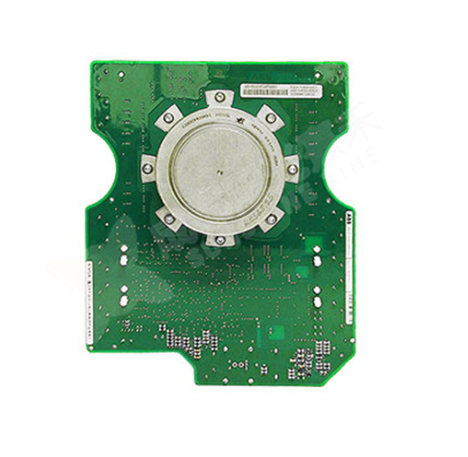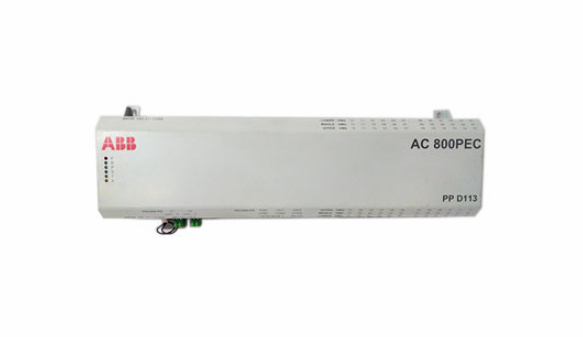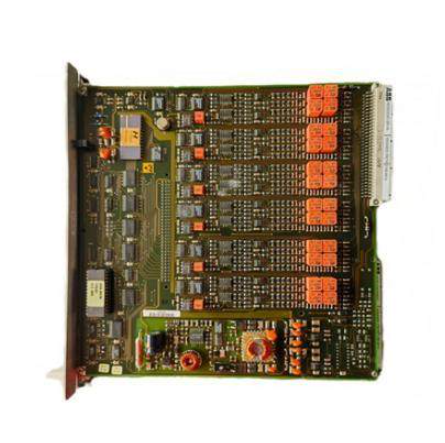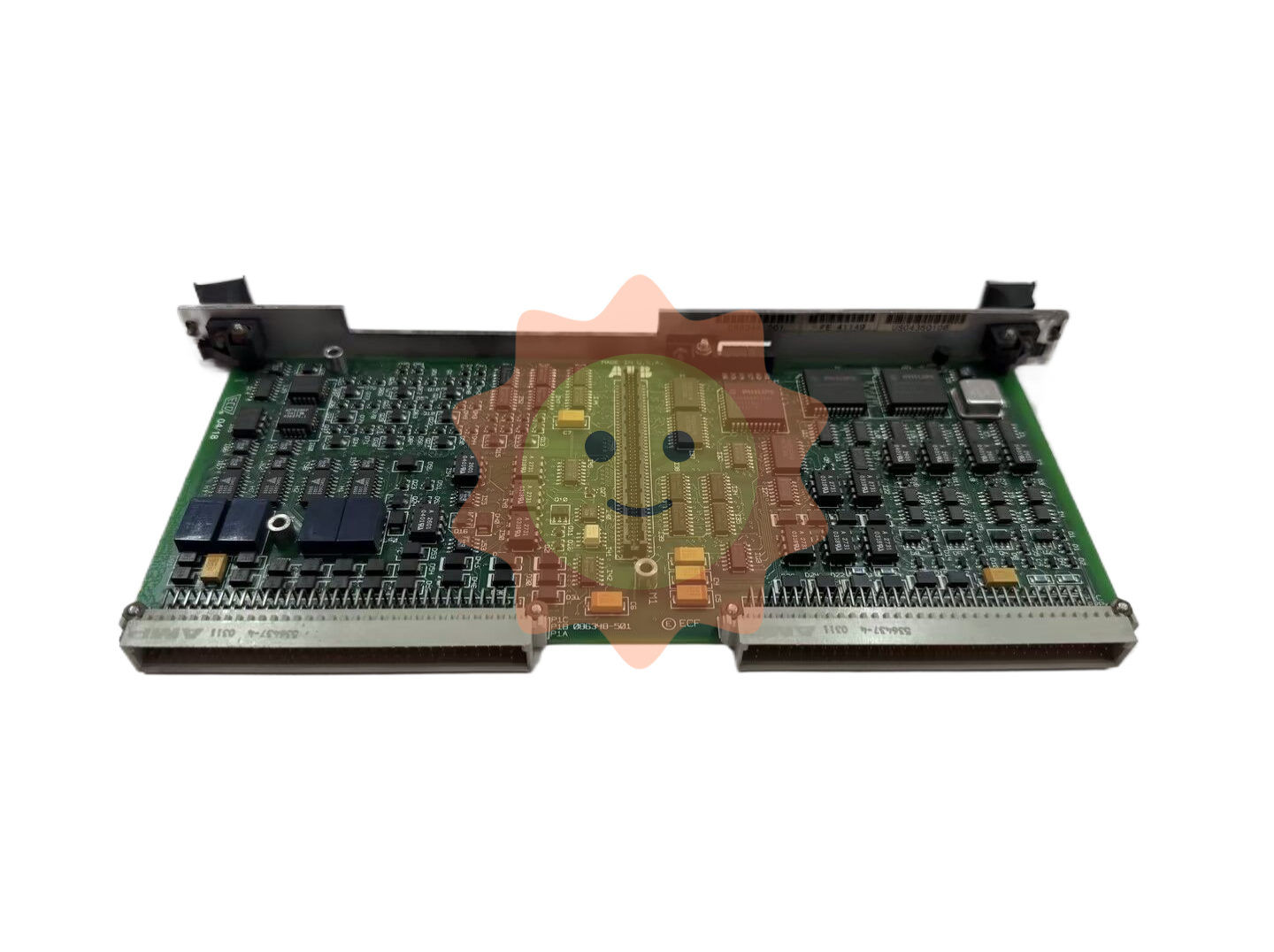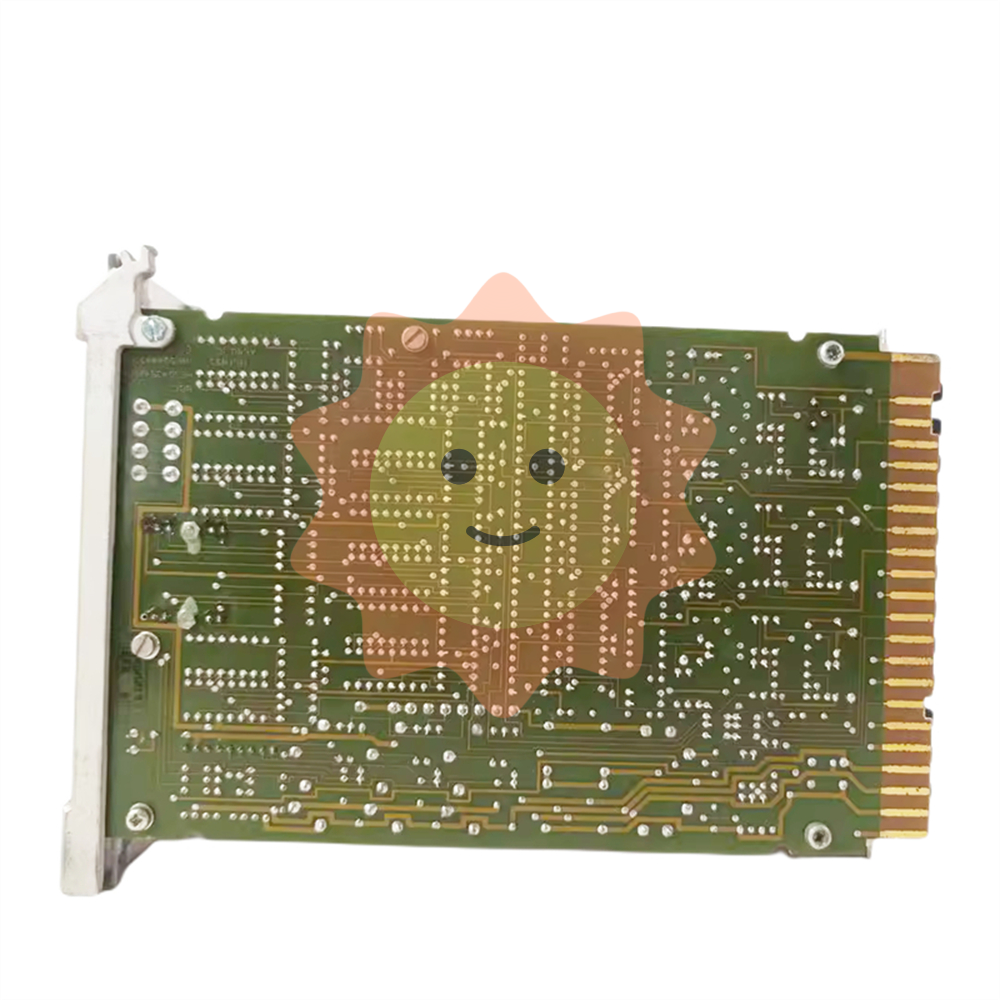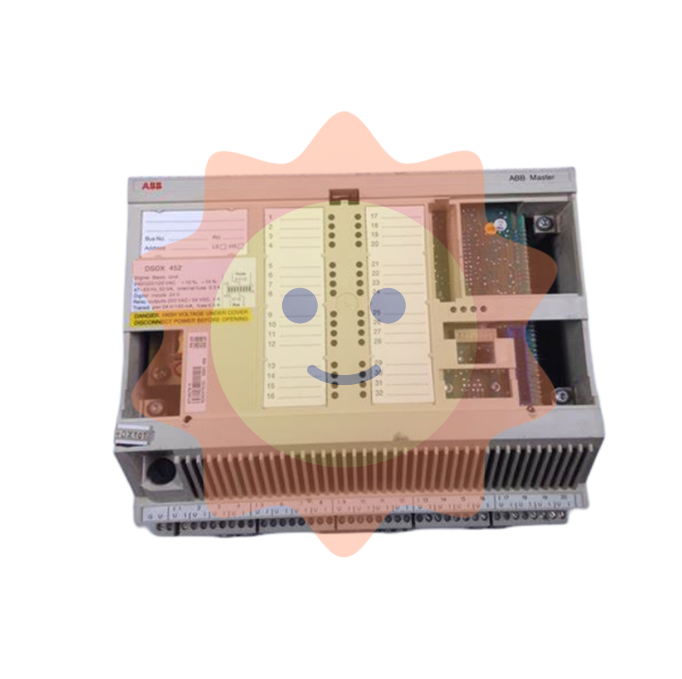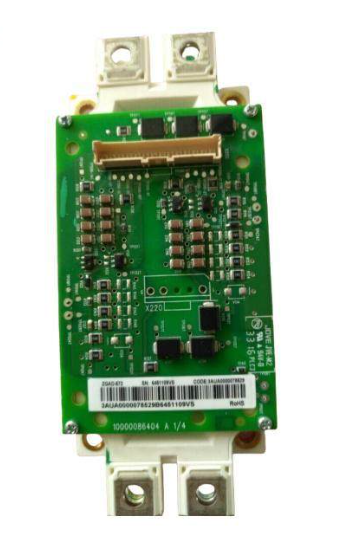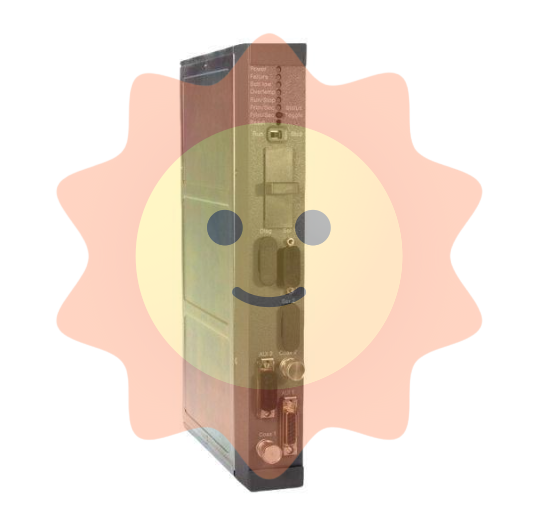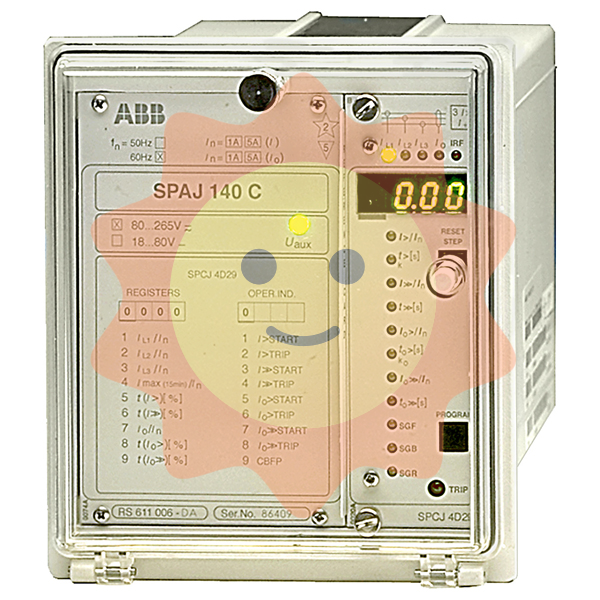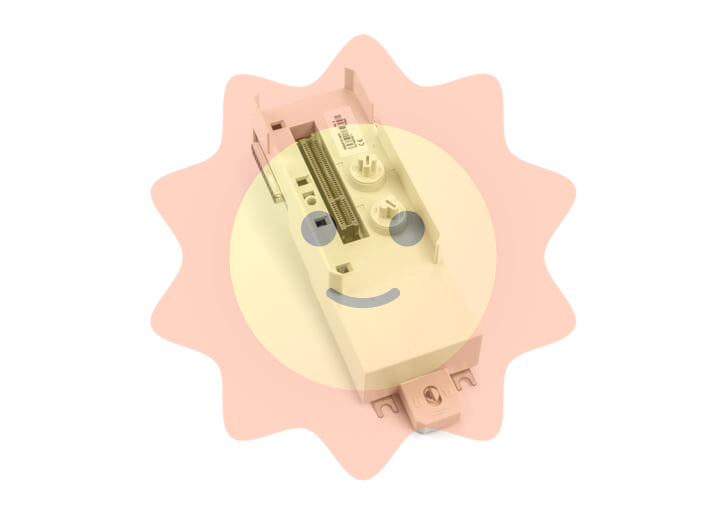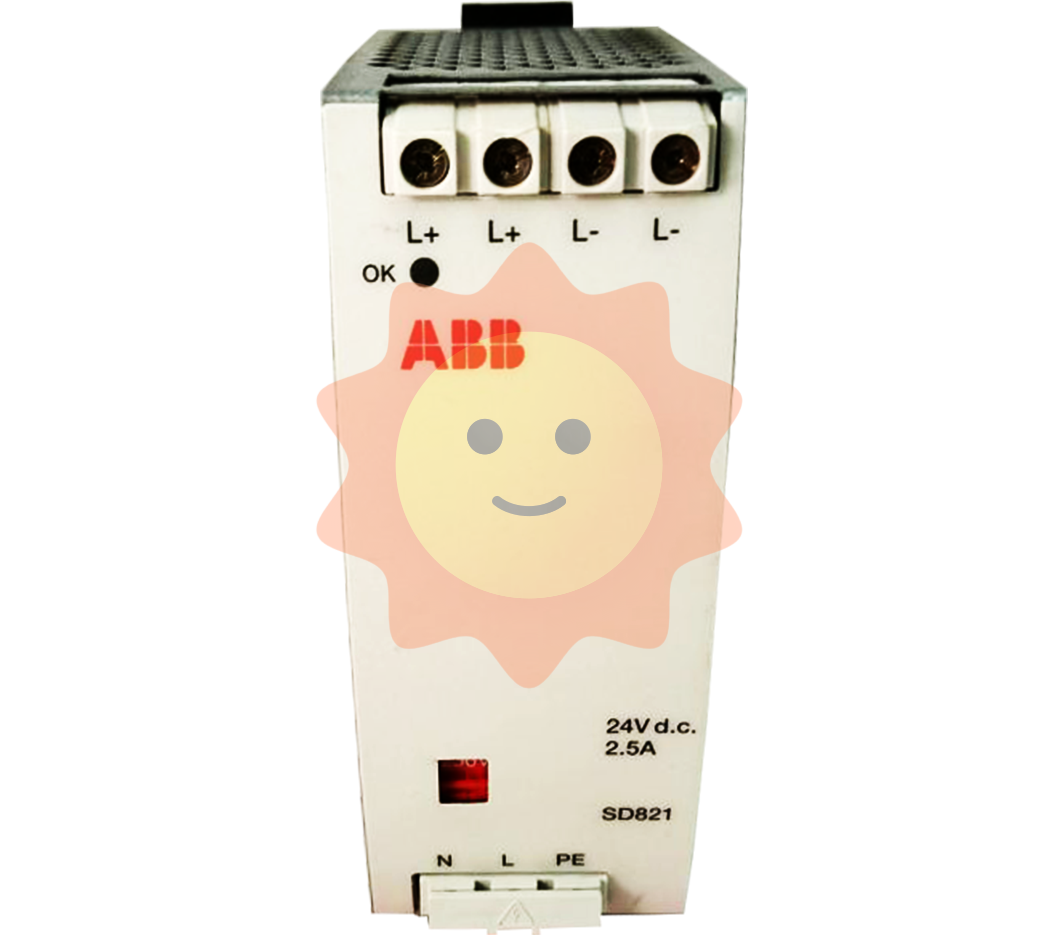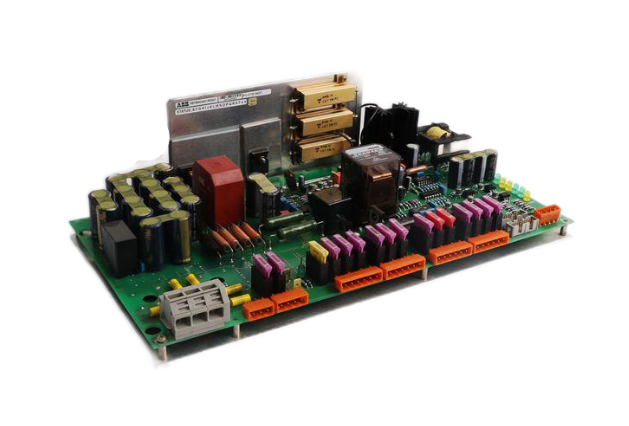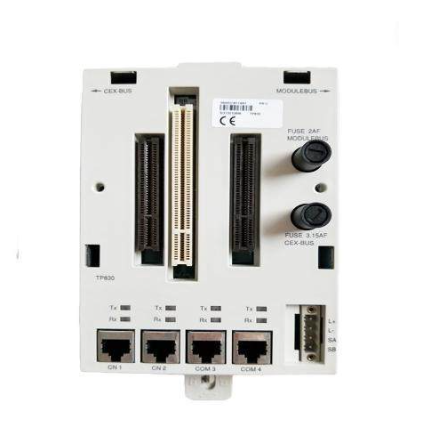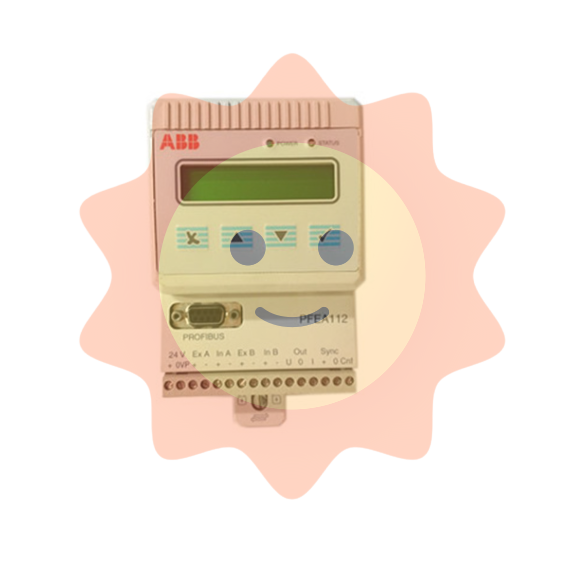Analysis of the basic principle of nuclear power generation
Nuclear power belongs to renewable energy. The fusion of light nuclei and the splitting of heavy nuclei can release energy, respectively called nuclear fusion energy and nuclear fission energy, in fusion or fission to release a lot of heat, energy according to: nuclear energy - mechanical energy - electrical energy conversion, this electricity can be called nuclear power.
A nuclear power station is a new type of power station that generates electricity using the energy contained in the nucleus. Nuclear power plant can be divided into two parts, one is the use of nuclear energy to produce steam nuclear island, including reactor equipment and primary system; The other part is a conventional island that uses steam to generate electricity, including a turbo-generator system.
The fuel used in nuclear power plants is uranium. Uranium is a heavy metal. Nuclear fuel made of uranium is fission in a device called a reactor to produce a large amount of heat, and then water under high pressure to bring the heat out of the steam generator to produce steam, steam to drive the turbine with the generator spin, electricity is continuously produced, and sent by the grid in all directions. This is how the most common pressurized water reactor nuclear power plant works.
Nuclear energy comes from two types of nuclear reaction principles, nuclear fusion or nuclear fission, but the world's nuclear reactors mainly use the principle of nuclear fission reaction, mainly because nuclear fission is controllable and nuclear fusion control is difficult. Since the United States Experimental Breeder 1 (EBR-1) first used nuclear power to generate electricity in December 1951, the world's nuclear power has been developed for more than 70 years. According to calculations, the energy produced by the complete fission of 1 kg of U-235 is equivalent to the heat released by the combustion of 2,500 tons of standard coal.

The principle of nuclear fission: the nuclei of larger atoms such as uranium, thorium and plutonium will split into two or more smaller nuclei after absorbing a neutron, while releasing two to three neutrons and a lot of energy, and can make other atomic nuclei then nuclear fission, so that the process continues, this process is called the chain reaction. When atomic nuclei undergo nuclear fission, they release huge amounts of energy, which is called atomic nuclear energy. The nuclear power plant uses the heat energy it generates and produces steam, which drives the turbine generator set to produce electricity.
Comparison of advantages and disadvantages of nuclear fission and nuclear fusion: Different from the principle of nuclear fission, nuclear fusion refers to the small mass of atoms (mainly deuterium) under certain conditions (such as ultra-high temperature and high pressure), only under extremely high temperature and pressure can the external electrons get rid of the bondage of the nucleus, so that the two nuclei can attract each other and collide together, and the nuclear nucleus will converge with each other. Compared with nuclear fusion, the advantages of nuclear fission are that raw materials are relatively easy to obtain (uranium ore, asphalt extraction, etc.), and the reaction conditions of controlled nuclear fission are relatively achievable, such as not requiring too high initial temperature, and the reaction rate controlled by neutron absorption rods is easier to operate. Its technical conditions are relatively mature and it has been commercialized on a large scale.
- EMERSON
- Honeywell
- CTI
- Rolls-Royce
- General Electric
- Woodward
- Yaskawa
- xYCOM
- Motorola
- Siemens
- Rockwell
- ABB
- B&R
- HIMA
- Construction site
- electricity
- Automobile market
- PLC
- DCS
- Motor drivers
- VSD
- Implications
- cement
- CO2
- CEM
- methane
- Artificial intelligence
- Titanic
- Solar energy
- Hydrogen fuel cell
- Hydrogen and fuel cells
- Hydrogen and oxygen fuel cells
- tyre
- Chemical fiber
- dynamo
- corpuscle
- Pulp and paper
- printing
- fossil
- FANUC
- Food and beverage
- Life science
- Sewage treatment
- Personal care
- electricity
- boats
- infrastructure
- Automobile industry
- metallurgy
- Nuclear power generation
- Geothermal power generation
- Water and wastewater
- Infrastructure construction
- Mine hazard
- steel
- papermaking
- Natural gas industry
- Infrastructure construction
- Power and energy
- Rubber and plastic
- Renewable energy
- pharmacy
- mining
- Plastic industry
- Schneider
- Kongsberg
- NI
- Wind energy
- International petroleum
- International new energy network
- gas
- WATLOW
- ProSoft
- SEW
- wind
- ADVANCED
- Reliance
- YOKOGAWA
- TRICONEX
- FOXBORO
- METSO
- MAN
- Advantest
- ADVANCED
- ALSTOM
- Control Wave
- AB
- AMAT
- STUDER
- KONGSBERG
- MOTOROLA
- DANAHER MOTION
- Bently
- Galil
- EATON
- MOLEX
- Triconex
- DEIF
- B&W
- ZYGO
- Aerotech
- DANFOSS
- KOLLMORGEN
- Beijer
- Endress+Hauser
- MOOG
- KB
- Moxa
- Rexroth


Email:wang@kongjiangauto.com























































































